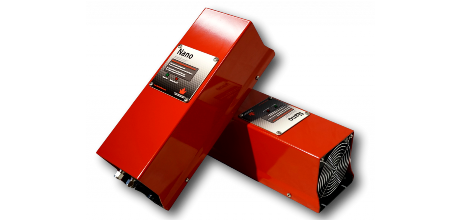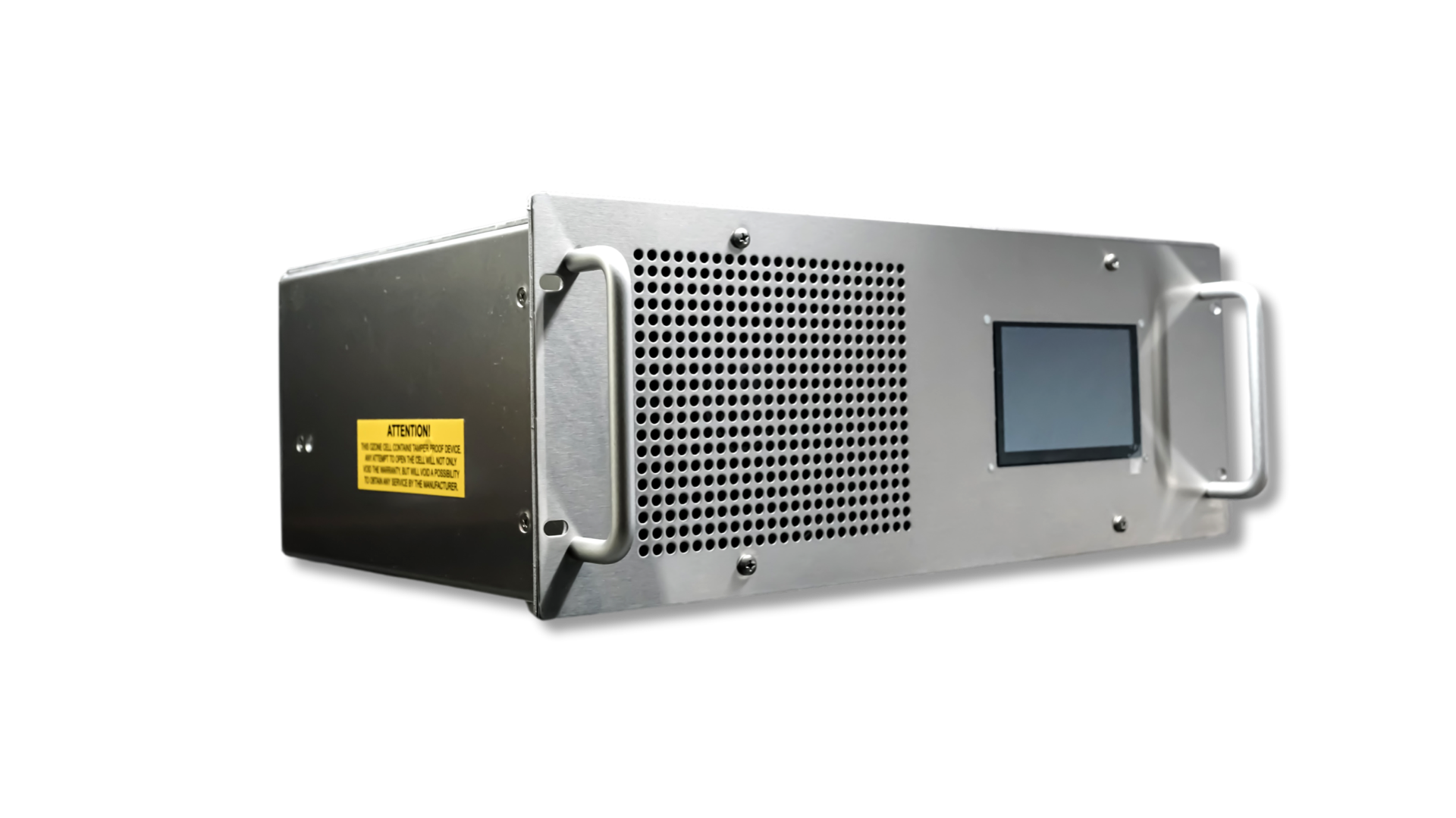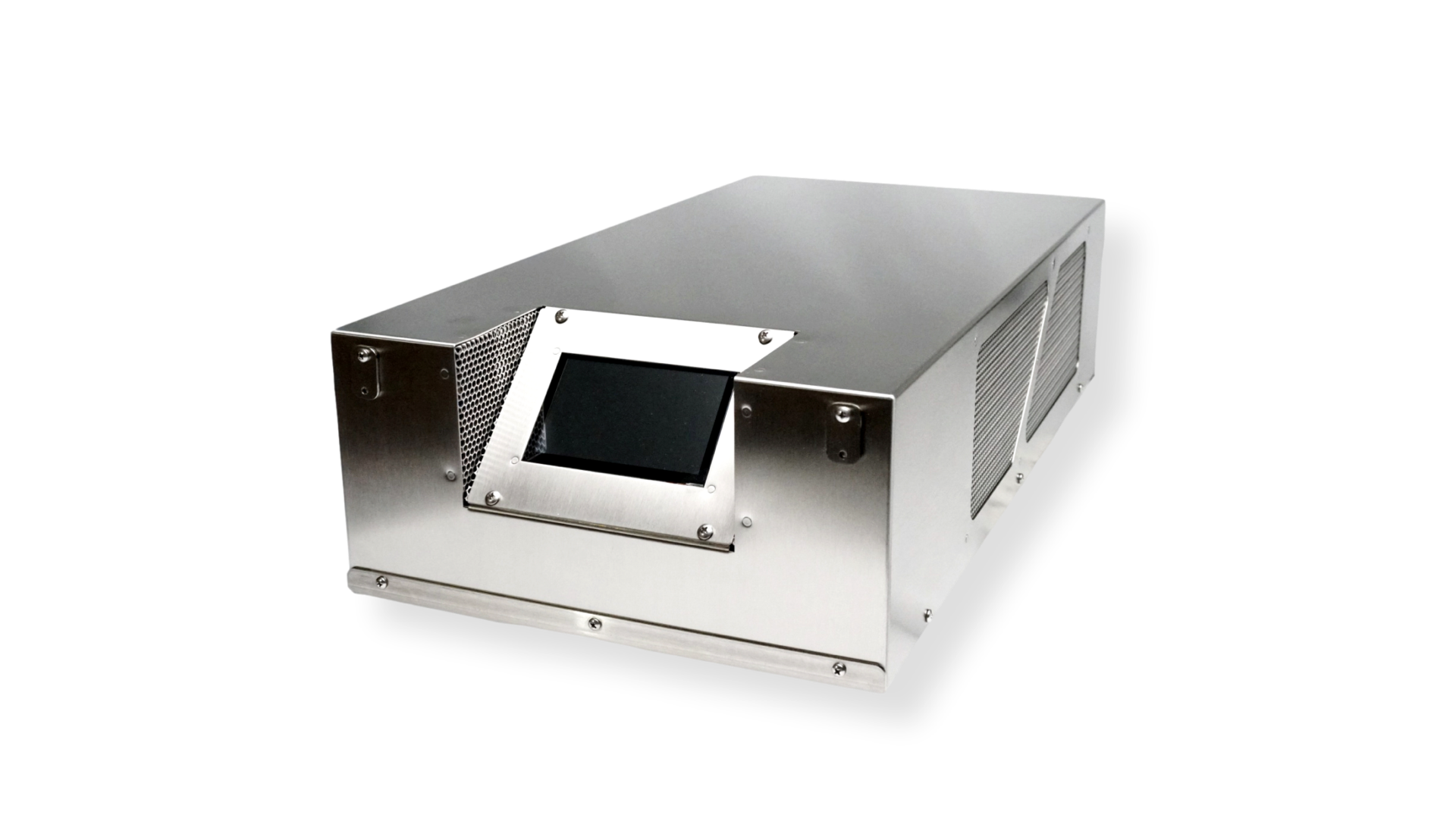Share This Story, Choose Your Platform!
Ozone versus Chlorine for Water Disinfection

Ozone and chlorine have very similar disinfectant properties for drinking water disinfection. However, Ozone systems are still uncommon in much of the world. On the other hand, chlorine continues to be used disinfectant in every region of the world. As ozone is more reliable, easier to use, and safer to operate, it has gained popularity in many disinfection applications. High oxidation potential, very effective disinfection ability, quicker processing time compared to other traditional disinfection techniques, and no harmful by-products are some of the main advantages of ozonization.
OZONE vs CHLORINE DIOXIDE
Chlorine can neutralize most bacteria in water (Cryptosporidium is one exception). The chlorination process can take a long time. Further, chlorination is dangerous because it generates trihalomethanes (THMs), which are disinfection by-products known to be carcinogenic. In contrast, ozonization is more effective at neutralizing bacteria and viruses, and it works within seconds (Ozonation is 3,000 times faster than chlorination in disinfecting water) Additionally, ozonation can eliminate that pesky cryptosporidium pathogen mentioned above. Finally, Ozonisation does not leave by-products as ozone quickly reverts into pure oxygen.
Is ozone a stronger or weaker oxidant than chlorine dioxide?
Ozone has a higher oxidation potential than chlorine dioxide, meaning it has a greater ability to oxidize or break down organic compounds and other contaminants in water. Ozone also reacts more quickly than chlorine dioxide. The standard oxidation potential of ozone is 2.07 volts, while the standard oxidation potential of chlorine dioxide is 1.5 volts. This means that ozone has a higher capacity to oxidize or break down organic compounds and other contaminants in water than chlorine dioxide.
The Dangers of Chlorine
DISINFECTION BY-PRODUCT
Chlorine releases chemical residue that can be dangerous to us if ingested. By-products of disinfection (DBPs) are chemicals that can be formed when chlorine reacts with organic matter. The two most common DBPs present in chlorinated drinking water are trihalomethanes (THMs) and Haloacetic acids (HAAs). There has been evidence linking DBPs to cancer in several studies. The International Agency for Research on Cancer (IARC) has classified the main DBPs as possible human carcinogens. Experts believe that exposure to DBPs over time can cause health concerns. Recent studies have linked the accumulation of chlorine compounds in breast tissue to breast cancer. Researchers in Hartford, Connecticut, found that women with breast cancer have 50 to 60% higher amounts of chlorination by-products than women without breast cancer.
Potential Risks of chlorine
Chlorine has potential dangers due to the chemical residue it leaves in treated water, which can be harmful if ingested. Furthermore, it often leaves a chemical taste in the water, and some studies suggest that it may increase the risk of cancer in people drinking chlorinated water. Additionally, chemical water treatment can cause equipment damage and affect the surrounding environment with chemical residues. On the other hand, ozonation, when safely implemented, results in clean water without any chemical residues. Ozone can also effectively remove residual byproducts left from the chlorination process. Moreover, some studies have shown that chlorination may not be as effective in water bodies with a high alkaline pH, whereas ozonation remains equally effective across the pH spectrum without altering the water’s pH level.
“The Ozonation Process: A Safe and Effective Alternative to Chlorine for Water Treatment”
The ozonation process is a water treatment method that utilizes ozone dissolved in water to disinfect and purify water. Ozone generation involves the use of an ozone generator that converts oxygen into ozone using high-voltage electrical discharge. The ozone gas is then dissolved into the water to be treated, where it reacts with organic compounds and other contaminants, breaking them down into simpler, less harmful molecules.
The ozonation process can be used to disinfect and purify water for a variety of applications, including drinking water, wastewater treatment, and swimming pool sanitation. It is a highly effective method for removing a wide range of contaminants, including bacteria, viruses, pesticides, and pharmaceuticals. Furthermore, unlike chlorine, ozone gas leaves no harmful byproducts and quickly breaks down into oxygen gas, leaving no residual chemicals in the water. Additionally, ozonation has a milder odor and taste compared to chlorine, which can leave a strong and unpleasant chemical taste in water.
OZONE FOR DRINKING WATER DISINFECTION
The oxidant and disinfectant properties of ozone make it ideal for water treatment. Ozone is effective against water borne pathogens and disintegrates bacterial cell walls, chlorine does not do this. Also, Due to its rapid decay rate, ozone reverts to oxygen. It must also be generated on-site, so there is no need for chemical storage. Ozone work over a wide pH range without forming DBPs. Contrary to Chlorine, Ozone reacts with natural organic matter (NOM). Among all oxidizing biocides, ozone is the most effective chemical disinfectant against Cryptosporidium. Both Ozone and Chlorine are highly effective at removing bacteria and viruses; however, Ozone has much lower CT values than Chlorine. Both are very effective at controlling the growth of biofilm. In addition, the oxidizing properties of ozone can also reduce the concentration of iron, manganese, and sulfur and reduce or eliminate taste and odor problems.
OZONE FOR SWIMMING POOLS
One of the main benefits of using ozone for pool disinfection is that it is much safer for human health than chlorine. Unlike chlorine, ozone does not generate harmful by-products, so there is no risk of exposure to harmful substances such as chloramines and trihalomethanes. Additionally, ozone is less likely to cause skin and eye irritation, and it has not been linked to respiratory problems like asthma and bronchitis.
OZONE ADVANTAGE
- Ozone is more effective than chlorine in destroying viruses and bacteria.
- The ozonation process utilizes a short contact time.
- As ozone decomposes rapidly, there are no harmful residuals.
- After ozonation, there is no regrowth of microorganisms, except for those protected by the particulates in the wastewater stream.
- Ozonation elevates the dissolved oxygen (DO) concentration of the effluent.
- There is no risk of overdose with ozone since any excess ozone that is not used in the water treatment process escapes out of the water and reverts back to oxygen.
- Ozone is very reactive and corrosive, thus requiring corrosion-resistant material such as Teflon or Stainless steel.
Contact us for more information we have the perfect ozone generator for you





